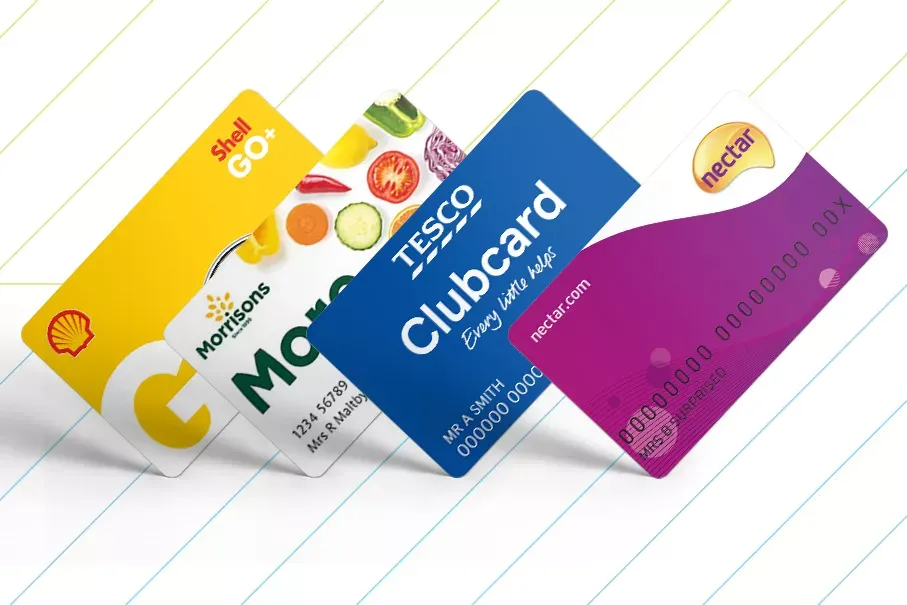04/09/2017

They’ve become very popular in recent years, so we look at why more business owners are considering installing them as a safety measure and making themselves less prone to fraud.
So what are they?
A dash cam does what it says on the tin. It’s a camera that's mounted (usually with a sucker) in or around your car's dashboard. They can be easily attached or built into your rear mirror and are powered by batteries, hardwired into your vehicle's 12-volt system or via the cigarette lighter. Quite simply, the dash cam faithfully records your driver’s every move.
From the get-go, they automatically start recording video when your vehicle starts moving. The more sophisticated models will show exact locations as well as monitoring speed, time and dates. They are particularly useful in attributing blame in an accident, but they can also be used for minor incidents. We can all relate to the times where someone bumps into you trying to park and then driving off in a hurry. Dash cam footage from your camera may help the police track down the culprit.
Choosing a dash cam
There are many on the market, so what should you look for? Quite simply, the quality of the video it records. Preferably, you'll want a camera that records at 1080p with its main lens. You can probably get away with 720p, but anything below will start to pixelate and not provide clear evidence. Remember, some dash cams have dual cameras to record the road in front as well as you driving.
The camera at the front should have at least a 150-degree field of view to capture the action happening at the front. Anything above is a bonus.
You may wish to purchase a system with rear windshield camera attachments to monitor the activity behind you. However, most accidents at the rear are caused by the driver behind, so they are not considered essential. That’s not to say that they should not be purchased, as they do show fault and blame.
Recording
The most popular storage capacity is 32GB. Of course, on long journeys, you may require more and it something you should consider. The advice we would like to offer is to start with a microSD card giving you at least 16GB and then upgrade to a higher capacity once you’re comfortable with your dash cam.
Loop capacity is something you need to think about, too. This is where the camera automatically records over old footage to maximize memory card space. Most dash cams have this feature, so you never have to take the memory card out to delete footage. However, you'll still want a larger card if you want to keep track of longer spans of time.
Audio
Most dash cams include audio, but you’ll need to double-check.
What do you think? Join in the discussion on LinkedIn and Twitter.


